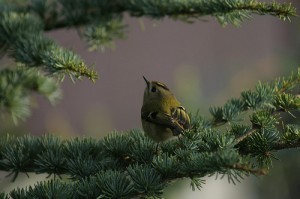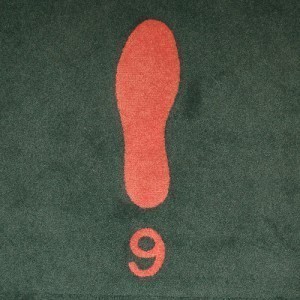Worlds Smallest Bird
Mellisuga helenae, the Bee Hummingbird, is a hummingbird species common to Cuba and the second-largest Cuban island, Isla de la Juventud (“Isle of Youth”). Also known as Zunzuncito, it is considered as the world’s smallest bird, being 5 centimeters (2.0 inches) long and having a mass of around 0.063 ounces (1.8 grams).
True to its name, the bee hummingbird has approximately the same size as a large bee. Its wings beat at an estimated rate of 80 times a second, beating so quick that the human eye can only perceive the wings as a blur. It is also capable of hovering over a single spot, similar to a helicopter. A male bee hummingbird’s notable physical characteristics are its green pileum (the top of the head of a bird, which extends from the bill’s base to the nape), its fiery-red throat, a glistening gorget (a patch on a bird or animal’s throat) with elongated plumes on the side, bluish-hued upper parts, and mostly grayish-white under parts. The head, chin and throat of a breeding male is reddish to pink in color.
A female bee hummingbird is somewhat bigger than a male. The female of the species is bluish-green, with green upper parts, whitish under parts, and white spots on the tips of its tail feathers. Female bee hummingbirds are capable of laying only 2 eggs at a time. The eggs are roughly the size of peas, and the female alone is responsible for incubating the eggs and raising the hatchlings. The nest is built by the female out of materials such as bark, lichen and cobwebs. Lined with soft plant fiber, the nest measures around 2.5 centimeters (1 inch).
The feathers of a bee hummingbird have a colorful, luminous and iridescent quality that give it the appearance of a tiny jewel. However, its brilliance is not always perceptible, and it would depend on what angle a person is looking at the bird from. The slender and pointed bill of the bee hummingbird is intended to prod deeply into a flower for nectar, which is its main source of sustenance. The bird uses its long tube-shaped tongue to suck up the nectar (and occasionally, an insect or a spider as well) in the same manner as one would use a straw for drinking. As the bird feeds, its bill also picks up pollen, which it would later transfer from flower to flower, thus playing a significant role part in the reproduction of plants. A bee hummingbird is capable of distributing pollen among 1,500 flowers within a period of only 1 day.





